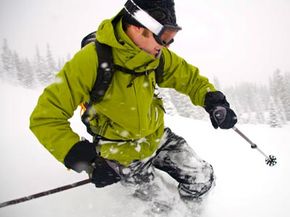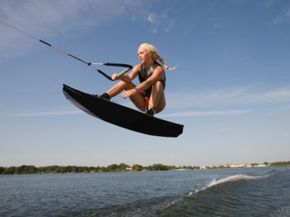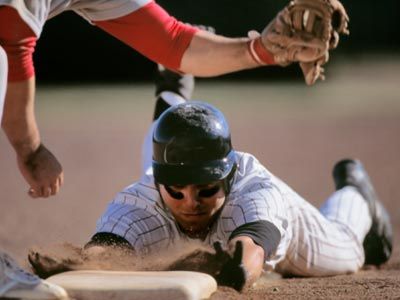Whether you're photographing professional sports, your children's antics or wildlife, adventure photography is about storytelling. How better to communicate a surfer's victory than to show him or her riding a wave rather than standing by a board? Think how much more you'll have captured your family's skiing adventures by showing them on the slopes -- kicking up snow -- instead of having them line up for a standard family shot. Sound great? Then you need to hone your action photography skills.
In this article, we'll do just that. You'll learn the basics of how to take action photos, as well as tips for taking photos in the snow, from a boat and in low light.
Advertisement
In addition, you'll also learn about your equipment needs. In general, it's possible to capture action with a standard point-and-shoot camera, which we'll touch upon. However, to really step up your photos, an SLR (single-lens reflex) camera and special lenses, such as a wide-angle lens to expand perspective or midrange telephoto zoom to give you longer range, can really help. Watch throughout for details on stability equipment and camera protection, as they'll vary by location.
Before we jump in, though, let's get started with some preliminaries: three questions to always ask yourself, along with immediate considerations.
First, when heading out to shoot, you should ask yourself the following. By being thoughtful, you have a better chance of achieving your goals:
- What's my subject?
- How can I emphasize my subject?
- What do I need to cut or move to decrease distracting elements?
Second, become familiar with your camera so you can move quickly. Also, every camera has its own lag time; become accustomed to yours so you can time your actions. And, perhaps most importantly, watch for safety hazards.
Now, let's get down to the fun details of action photography, such as freezing and blurring motion. Be careful, though. If you proceed, your days of asking your subjects to stay still could be numbered.
Advertisement



